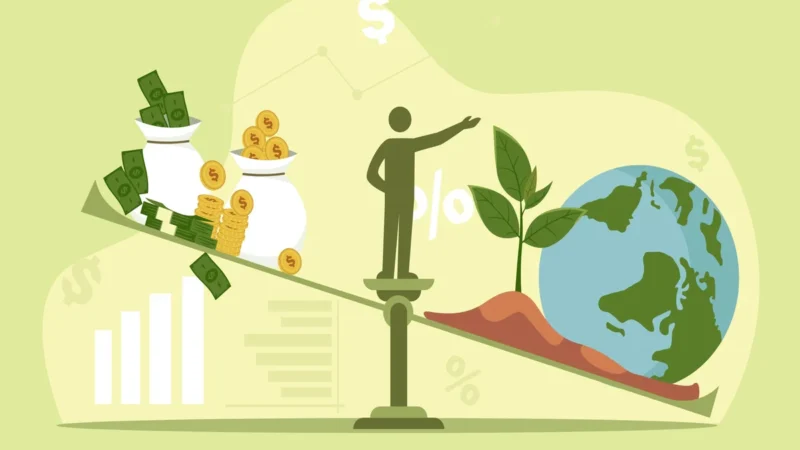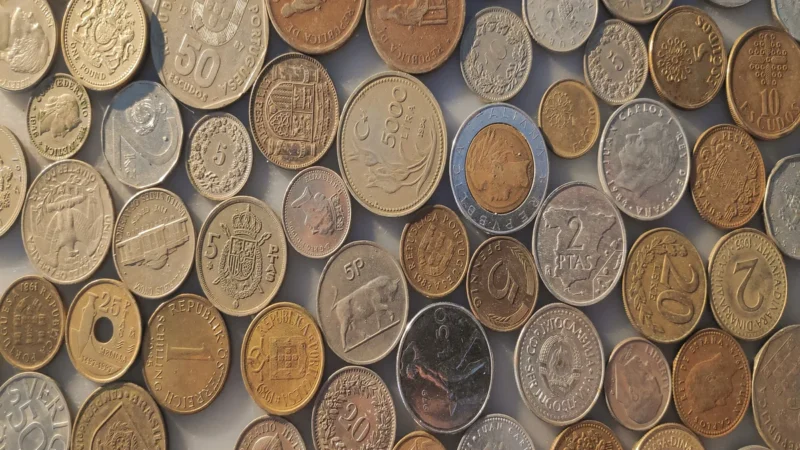Circular Economy Practices: Transforming Waste into Resources

The circular economy is an innovative and sustainable approach that aims to eliminate waste by keeping products, materials, and resources in use for as long as possible. This article explores the various practices within the circular economy that focus on transforming waste into valuable resources, fostering resource efficiency, and contributing to a greener and more sustainable future.
1: Importance of Circular Economy
The circular economy is a paradigm shift away from the traditional linear “take-make-dispose” model. It emphasizes designing products for longevity, reusing and repairing them when possible, and ultimately recycling or upcycling materials to create new products. By closing the loop, this approach reduces the burden on natural resources and minimizes waste generation. The circular economy operates on the principles of reducing, reusing, and recycling, with a strong focus on waste transformation to retain the value of materials within the economic system.
2: Waste Management Strategies in the Circular Economy
Effective waste management plays a pivotal role in the circular economy. Instead of treating waste as a problem, it is considered a valuable resource. Recycling is a key practice, where materials like plastics, glass, paper, and metals are collected, processed, and converted into raw materials for manufacturing new products. Additionally, upcycling involves creatively repurposing waste materials into higher-value products, extending their lifespan and reducing the demand for virgin resources. Circular economies also leverage waste-to-energy technologies to extract energy from non-recyclable waste, contributing to sustainable energy production.
3: Resource Efficiency in Circular Systems
Resource efficiency is at the core of the circular economy. By reusing and recycling materials, less energy and resources are required to produce goods, significantly reducing environmental impact. The focus shifts from a linear “throwaway culture” to closed-loop systems where products and materials continuously circulate within the economy. This shift minimizes the extraction of finite resources and decreases greenhouse gas emissions associated with manufacturing processes. Resource-efficient practices contribute to lower production costs, improved economic resilience, and reduced strain on ecosystems.
4: Sustainable Practices and Innovations
In a circular economy, innovative sustainable practices emerge to optimize resource utilization. Companies are increasingly adopting product-service systems, where customers lease products instead of owning them, encouraging manufacturers to design durable and repairable items. Extended producer responsibility (EPR) programs ensure manufacturers take back and recycle products at the end of their useful life, minimizing waste. Furthermore, technological advancements and digitalization facilitate better tracking of materials throughout the supply chain, promoting transparency and accountability in waste management and resource allocation.
we can conclude this, Circular economy practices that transform waste into valuable resources are essential for creating a sustainable future. By embracing resource efficiency, recycling, and upcycling, we can protect the environment and foster economic growth in harmony with nature.
FAQs
Q1: What is the circular economy, and how does it help the environment?
A: The circular economy is an innovative approach that aims to minimize waste by keeping products and materials in use for as long as possible. It helps the environment by reducing resource consumption, minimizing waste generation, and promoting sustainable practices like recycling and upcycling.
Q2: How does recycling contribute to the circular economy?
A: Recycling is a crucial practice within the circular economy. It involves collecting and processing materials like plastic, glass, paper, and metals to create new products. By recycling, we conserve resources, reduce landfill waste, and lower greenhouse gas emissions, making the economy more sustainable.
Q3: What is upcycling, and how does it benefit the circular economy?
A: Upcycling is a creative process of repurposing waste materials into higher-value products. It benefits the circular economy by extending the lifespan of materials, reducing the demand for new resources, and promoting a circular flow of materials in the economic system.
Q4: How does the circular economy improve resource efficiency?
A: The circular economy enhances resource efficiency by reusing and recycling materials. By keeping products and materials in circulation, we use fewer resources, reduce energy consumption, and limit environmental impacts associated with raw material extraction and manufacturing processes.
Q5: What are some sustainable practices and innovations within the circular economy?
A: Within the circular economy, there are various sustainable practices and innovations, such as product-service systems where customers lease products instead of owning them, extended producer responsibility (EPR) programs, and advancements in digitalization for better waste management and resource tracking. These initiatives promote transparency and accountability in resource utilization.


